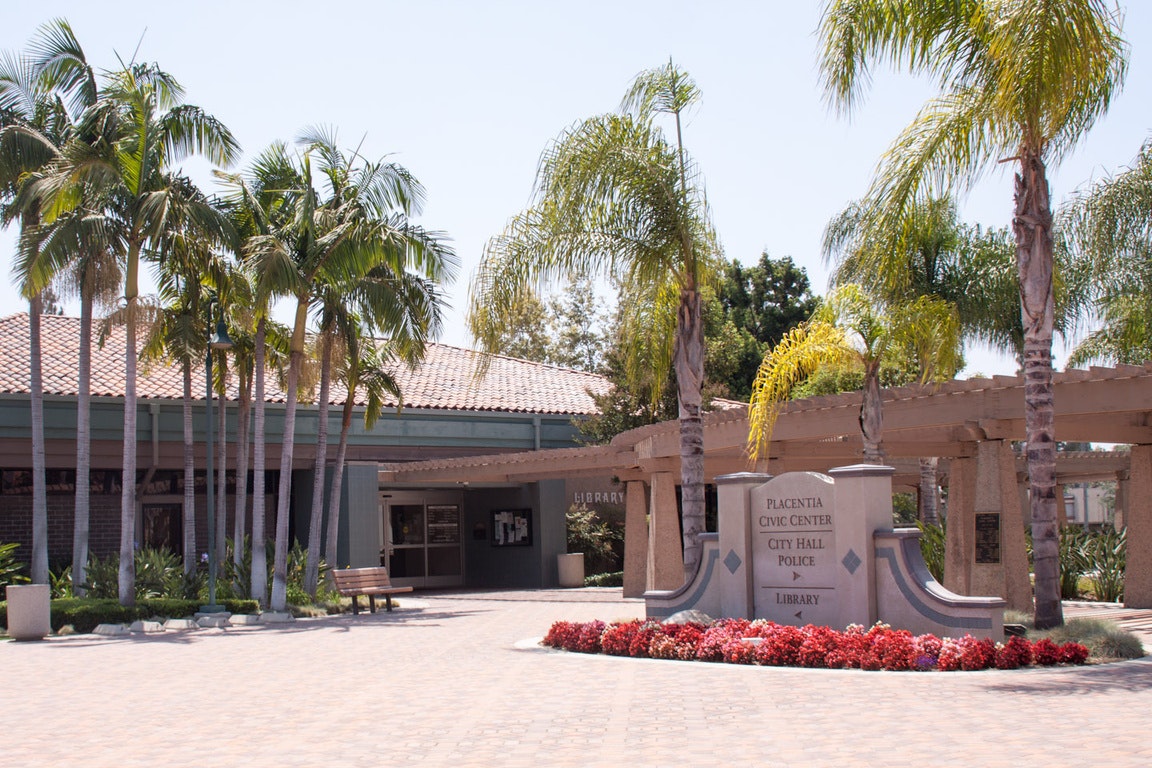Placentia Library Spotlight

Placentia is home to one of the 13 special district libraries in California. The Placentia Library District is a single-purpose library district governed by an elected board of trustees. Its principal source of income is property tax proration. The library's early history is much like other communities. Beginning in 1914, the Women's Christian Temperance Union established a reading and recreation room for boys in a storefront on Bradford Avenue. After a successful petition and election by the residents, the Placentia Library District was officially formed on September 2, 1919.
The new library district included seven square miles of the Placentia area: the north line was beyond Golden Avenue, the east line along Linda Vista through Hazard's subdivision,the south through Golden State Tract but not as far as Miraloma Avenue and the west line along the Fullerton boundary. The library board of trustees hired Placentia's first librarian, Sara Rideout, for $0.25 an hour, and the Women's Christian Temperance Union turned over their reading room and 193 books. The library officially opened to the public on January 15, 1920, from 2:00–5:00 pm and 7:00–9:00 pm.[44] By 1926, a new library building was needed to meet the needs of the growing community. The building, designed in the Spanish Colonial Revival style by renowned architect Carleton Monroe Winslow, features beautiful Talavera tiles created by Mexican potter Pedro Sanchez. In March 1927, the grand opening was held for the new library building located at 143 S. Bradford Avenue. In 1974, the library again become too small for its growing collection and was moved to its current location in the Civic Center Plaza. That same year, the library boundaries expanded to reflect the same boundaries as the city.
Today, the Placentia Library District has over 330,000 visitors annually, with over 42,000 library cards issued. The library holds over 102,000 materials. In September 2018, the Placentia Library began a major $2.3 million renovation/modernization project as part of the library’s centennial anniversary. The project was completed on September 14, 2019


